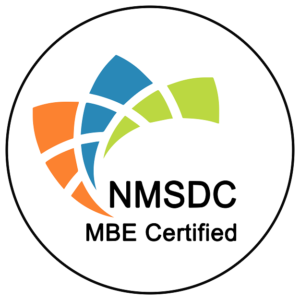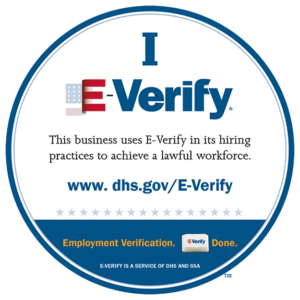3 Ways of Utilizing Text to Engage Candidates and Employees
Chances are you have heard a lot of buzz about messaging lately. And with the recent downturn in recruiting, texting is even more of a requirement for talent development teams. Many talent acquisition leaders take this time to change their strategies and tech stacks to better fit with their changing business needs by prioritizing solutions that allow real-time applicants and employee engagement, along with smart automation to reduce friction in the process. As for others, let’s be honest, finances are tighter.
- Schedule an interview or call
If you’re hoping to grab a candidate on the move for a private phone call, always expect to get voicemail. Why? For what? It might be for a variety of reasons. The first is that the applicant might be at work, and not be able to answer the call. Second, Candidates and Employees want to plan, suddenly, for a significant call related to his or her job over chatting. Ultimately, if you call from an unrecognized phone, it will be considered spam if you do not leave a message and call again, well, the receiver can block you altogether.
Use text messaging to circumvent those hurdles and ask for a fixed time for the phone conversation. Identify yourself, keep it short and easy, and give the finishing touches a few times.
- Give a Recall
Your assumption is that a nominee will have the opportunity to turn up without hand squeezing on scheduled meetings or calls. That is not an unreasonable assumption, because your time is precious and that time wastes tardiness or missing an appointment.
A brief reminder of the text-message is worth the effort though. We are all imperfect and we make human mistakes. Even the best applicant can enter a wrong date, time, or place, and the missed appointment will take them out of the run for good and eventually impact who you are recruiting. Sending a recall text the day before the appointment or call with the location, date, time, and name of the individuals involved guarantees that all candidates have the correct details and that human error does not come into play as much as possible.
- Followup the next steps
Most Candidates and Employees reach no-man’s-land after a phase in the interview process is through. If they’re advancing in the process of being cut loose, candidates need to know where they’re standing and the next steps. And if the answer is no, sending a text to thank the candidate for their time and informing him that you are going in another direction would close the loop and prevent you from getting a heap of follow-up messages from candidates looking for a response.
On the other side, in today’s stable work market, texting applicants who step ahead in the process is also a way to achieve a competitive edge. To thank candidates for their time, to discuss any gaps in the process, and to be transparent about the next steps will keep you in mind and encourage goodwill among the candidates.
The advantages of text messaging in the recruiting process are obvious, so there should be no stopping. Using text to express a welcoming message once an applicant is employed, and set up a message to wish her luck on her first day. It is recommended that you implement an omnichannel communication strategy irrespective of the size of your applicant pool, using a mix of channels that allow for both speed and innovative recruiting approaches to help you attract the best candidates.
Conclusion
These are times without precedent and recruiters need the right set of resources to handle them effectively. In the coming months, using channels like texting will become increasingly necessary, but don’t get overwhelmed feeling like you need to make drastic changes to your method Candidates and Employees.














